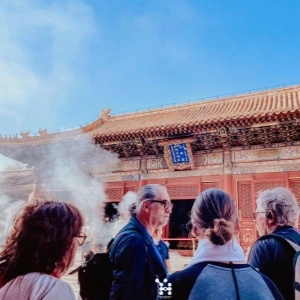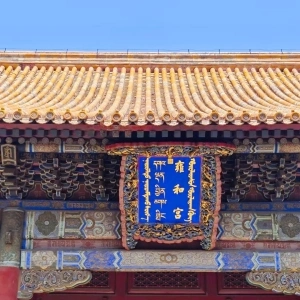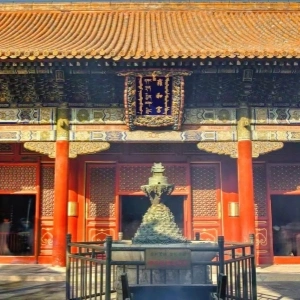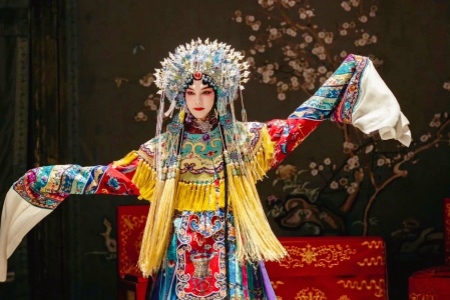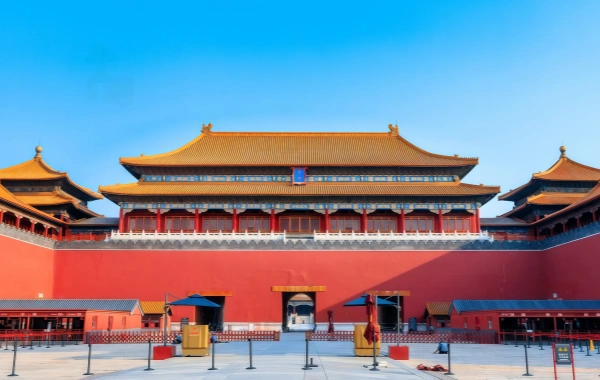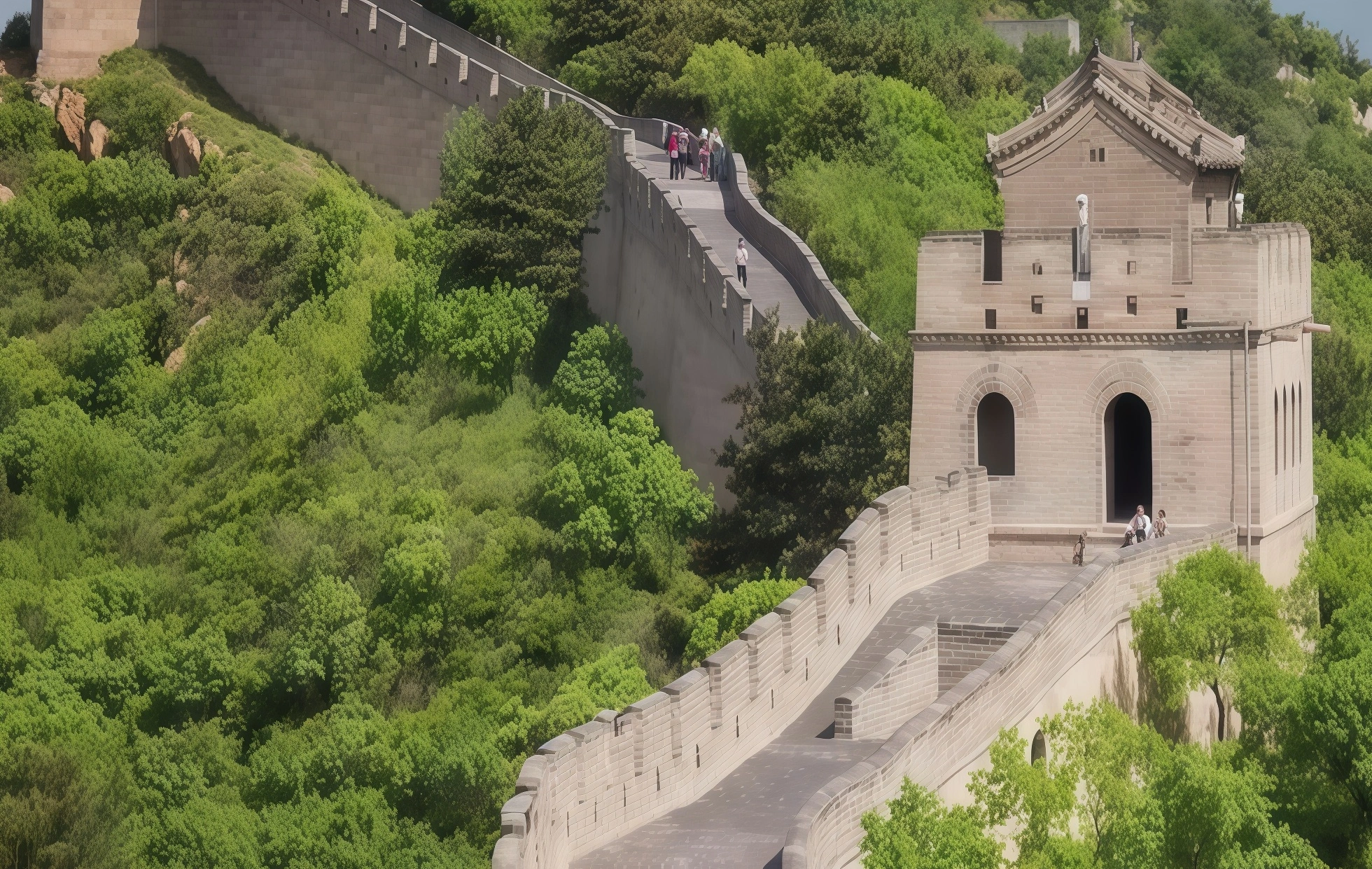Traveling in China offers a remarkable journey through sites rich in historical significance and cultural depth. As the nation’s capital, Beijing boasts countless iconic destinations, and among them, the Ming Tombs stand out. Revered as the resting place of emperors, the Ming Tombs also serve as a symbol of their enduring patriotism and devotion to the nation. This article explores the unique allure of the Ming Tombs and the spirit of the Ming Dynasty’s emperors.
If you want to know more about Beijing, please contact us. Popular Tour Packages in Beijing:
1. The Ming Tombs: A Majestic Imperial Resting Place
Nestled at the foot of Tianshou Mountain in Beijing’s Changping District, the Ming Tombs are China’s largest and most well-preserved complex of imperial mausoleums. Thirteen emperors from the Ming Dynasty, including Emperor Yongle, Emperor Hongxi, and Emperor Xuande, were laid to rest here. Designed with precision and grandeur, each tomb showcases the architectural brilliance and artistic excellence of ancient China.
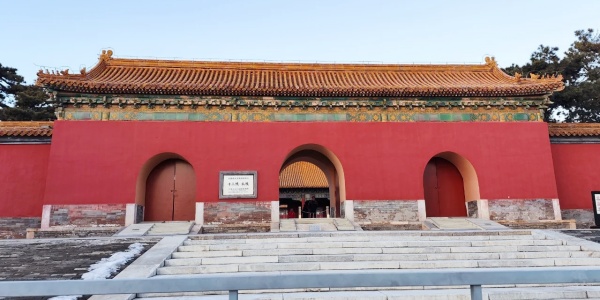
2. Emperors of the Ming Dynasty: Guardians of National Integrity
The Ming emperors were renowned for their steadfast principles, encapsulated in the policies of “no marriage alliances, no tributes, and emperors guarding the borders.” These policies not only defined the dynasty’s foreign and domestic policies but also reflected the emperors’ profound dedication to their nation:
● No Marriage Alliances: They refused to forge peace through arranged marriages, preserving national dignity and autonomy.
● No Tributes: The emperors maintained their sovereignty by declining to send tributes, affirming the dynasty’s strength.
● Guarding the Borders: Many emperors personally oversaw the defense of China’s borders, showcasing their commitment to the nation’s protection.
The tombs themselves bear testimony to this unwavering patriotism, encapsulating the spirit of self-sacrifice and loyalty to the country.
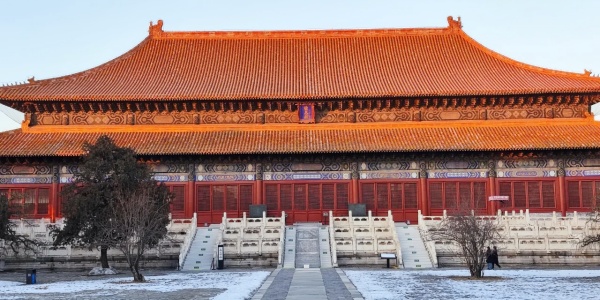
3. A Crossroads of Culture and History
The Ming Tombs are not just a historical site; they are a treasure trove of cultural and artistic significance. Visitors are treated to breathtaking stone carvings, grand mausoleum designs, and the rich heritage of the Ming Dynasty. Exploring these tombs offers a window into the architectural mastery of ancient China and the patriotic values that defined its rulers.
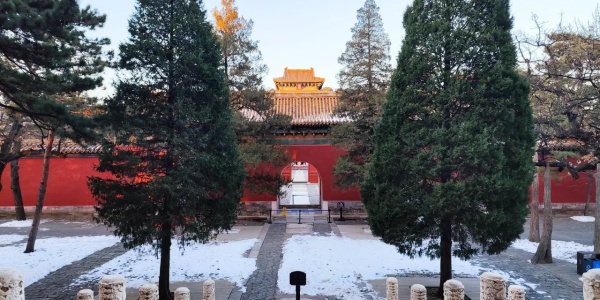
4. Experience the Beauty of the Ming Tombs
A visit to the Ming Tombs allows travelers to immerse themselves in the grandeur of this royal necropolis. From its stunning historical structures to the peaceful natural scenery of its surroundings, the site is an ideal destination for those seeking a blend of history and serenity. Surrounded by lush mountains and dense foliage, the area changes with the seasons, creating a tranquil and picturesque retreat.
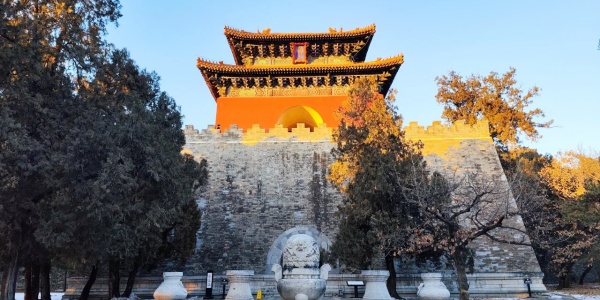
In summary, the Ming Tombs are not only the final resting place of 13 emperors but also a profound testament to the loyalty and patriotism of the Ming Dynasty’s rulers. As a must-visit landmark in Beijing, the Ming Tombs offer an inspiring journey into China’s imperial history and cultural legacy. Be sure to explore this remarkable site and discover the spirit of devotion that shaped the Ming Dynasty.
Related Posts
Create Your Customized Trip
Take about 2 minutes to fill the form to tell us how you like to travel, and get a reply within 1 working day.




